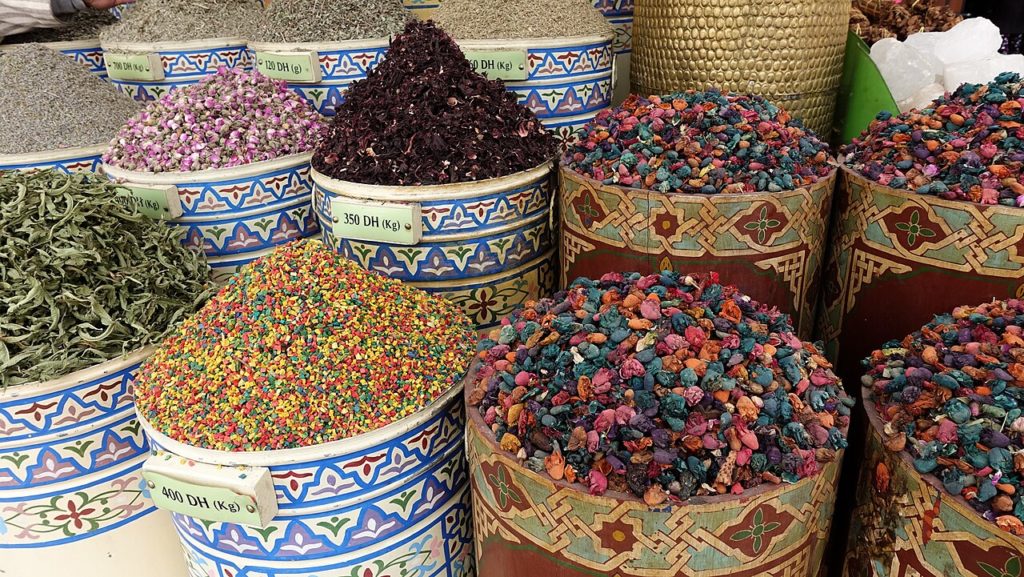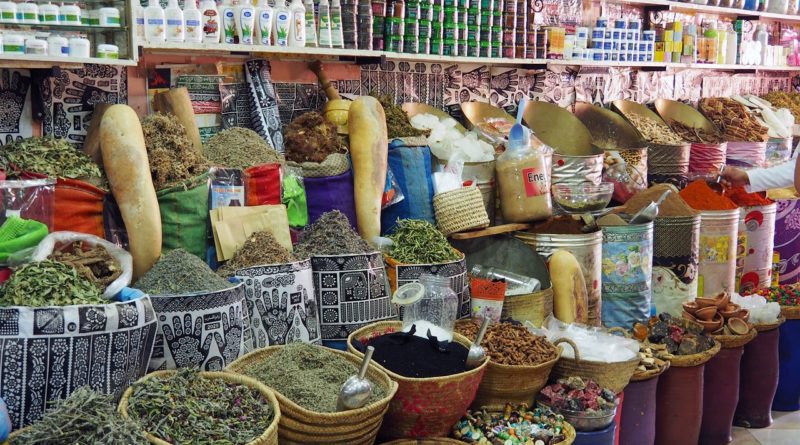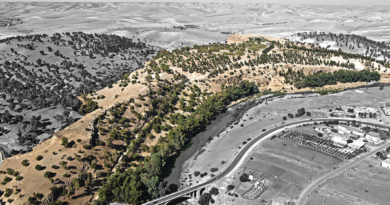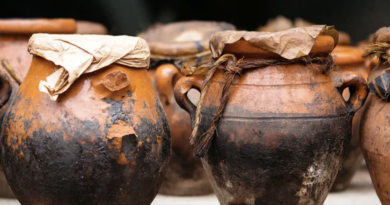Study highlights medicinal herbs use in the Rif
The Rif region of Morocco has a rich history of traditional herbal medicine, with many people in the region relying on natural remedies for various ailments. In recent years, there has been a growing interest in the potential use of herbal medicine in the treatment of nervous system diseases, which are prevalent in the Rif region. A recent study published in the Journal of Ethnopharmacology has shed light on the use of herbal medicine in the treatment of nervous system diseases in the Rif of Morocco.
The study, conducted by a team of researchers from the University of Fez in Morocco, aimed to document the use of herbal medicine in the treatment of nervous system diseases in the Rif region. The researchers conducted interviews with 74 traditional healers and herbalists in the region, collecting data on the plants used, their preparation methods, and the diseases treated.
The results of the study revealed that herbal medicine is widely used in the Rif region for the treatment of nervous system diseases such as epilepsy, Alzheimer’s disease, Parkinson’s disease, and depression. The researchers identified a total of 75 plant species used for the treatment of these diseases, with the most commonly used plants being Mentha spicata, Melissa officinalis, and Rosmarinus officinalis.

Information was gathered from a total of 31 medicinal plant species spanning 14 botanical families. The most frequently cited medicinal plants were Asteraceae and Lamiaceae, with each family having 5 species. The survey identified epilepsy as the ailment receiving the highest attention. Among the plant parts utilized, leaves were the most commonly used (34.7%), while the most popular preparation method was infusion (41.6%).
Among the popular plants from Lamiaceae is Mentha spicata and Rosmarinus. Also commonly known as Spearmint, is known for its aromatic properties and is traditionally used to treat various neurological disorders such as epilepsy and headaches. Rosmarinus officinalis, also known as Rosemary, is another commonly used plant that has been found to have neuroprotective and anti-inflammatory effects. It is used to treat Alzheimer’s disease, dementia, and depression.
Melissa officinalis, or Lemon Balm, is a member of the Lamiaceae family and is traditionally used for its calming effects on the nervous system. It is commonly used to treat anxiety and depression. Artemisia herba-alba, or White Wormwood, is another widely used plant in traditional medicine. It has been found to have antioxidant and anti-inflammatory properties and is used to treat neurological disorders such as epilepsy, Parkinson’s disease, and Alzheimer’s disease.

The study also found that traditional healers and herbalists in the Rif region have a deep understanding of the medicinal properties of these plants and have developed a range of preparation methods to extract the active compounds. These methods include decoction, infusion, maceration, and inhalation, with the choice of method depending on the plant and the disease being treated.
The findings of this study have important implications for the development of new therapies for nervous system diseases. The use of herbal medicine in the treatment of these diseases has the potential to provide effective and affordable treatments for people in the Rif region and beyond. Additionally, the study highlights the need for further research into the medicinal properties of these plants and their active compounds.
Overall, the study provides valuable insight into the use of herbal medicine in the treatment of nervous system diseases in the Rif region of Morocco. The study concludes that “there exists indigenous ethnomedical knowledge of medicinal plants in the Moroccan Rif to treat neurologic diseases. Based on our findings, we recommend that phytochemical and pharmacologic research be considered to discover potential treatments from these documented plants.”



